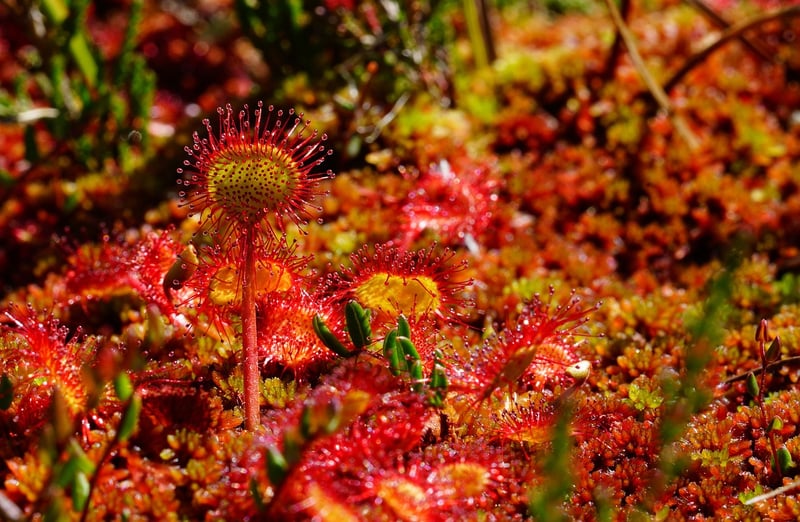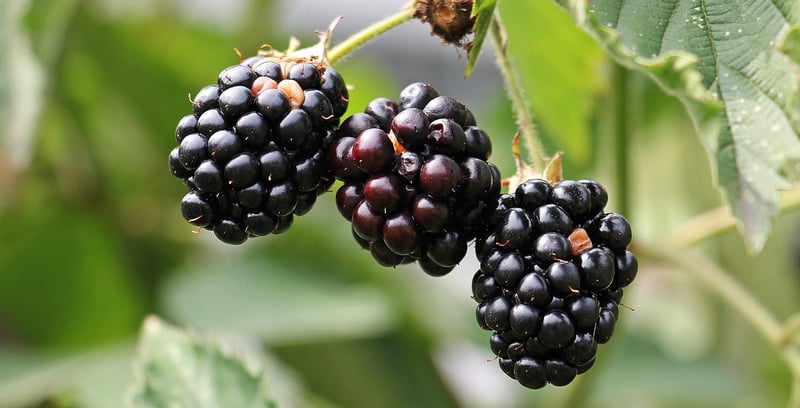Edible plants
Choosing the Right Plants for Vertical Gardens
Vertical gardens are an excellent way to bring greenery into small spaces, create a living wall, and add a touch of nature to your surroundings. When it comes to selecting plants for vertical gardens, there are several factors to consider such as sunlight exposure, watering needs, and the overall aesthetics you want to achieve. Here are some tips to help you choose the right plants for your vertical garden:
Sunlight Requirements
Before choosing plants for your vertical garden, consider the amount of sunlight the area receives. Some plants thrive in full sun, while others prefer shade. Make sure to select plants that are suitable for the light conditions of your vertical garden location.
Watering Needs
Since vertical gardens have a different watering system compared to traditional gardens, it's essential to choose plants that can thrive in these conditions. Plants that have low water requirements or are drought-tolerant are ideal for vertical gardens.
Plant Size and Growth Habit
Consider the mature size and growth habit of the plants you choose. Taller plants can be placed at the top of the vertical garden, while trailing or cascading plants are perfect for the lower sections. Mixing different plant sizes and textures can create a visually appealing vertical garden.
Edible Plants for Vertical Gardens
In addition to ornamental plants, you can also grow edible plants in your vertical garden. Herbs, vegetables, and fruits can thrive in vertical spaces, providing you with fresh produce right at your fingertips. Here are some edible plants that are well-suited for vertical gardens:
- Herbs: Basil, mint, parsley, and thyme are excellent choices for vertical gardens. They not only add flavor to your dishes but also release a pleasant aroma.
- Vegetables: Cherry tomatoes, lettuce, peppers, and radishes are perfect for vertical gardens. They are compact and easy to grow in confined spaces.
- Fruits: Strawberries and dwarf varieties of fruit trees like lemon or fig can be grown in vertical gardens, adding a touch of sweetness to your green wall.
By incorporating edible plants into your vertical garden, you can create a beautiful and functional space that not only looks good but also provides you with fresh and nutritious ingredients for your meals.
Remember to regularly maintain your vertical garden by watering, fertilizing, and pruning as needed to ensure that your plants thrive and continue to enhance your living space.
Whether you're looking to create a lush green wall or grow your own herbs and vegetables, choosing the right plants for your vertical garden is key to its success.



